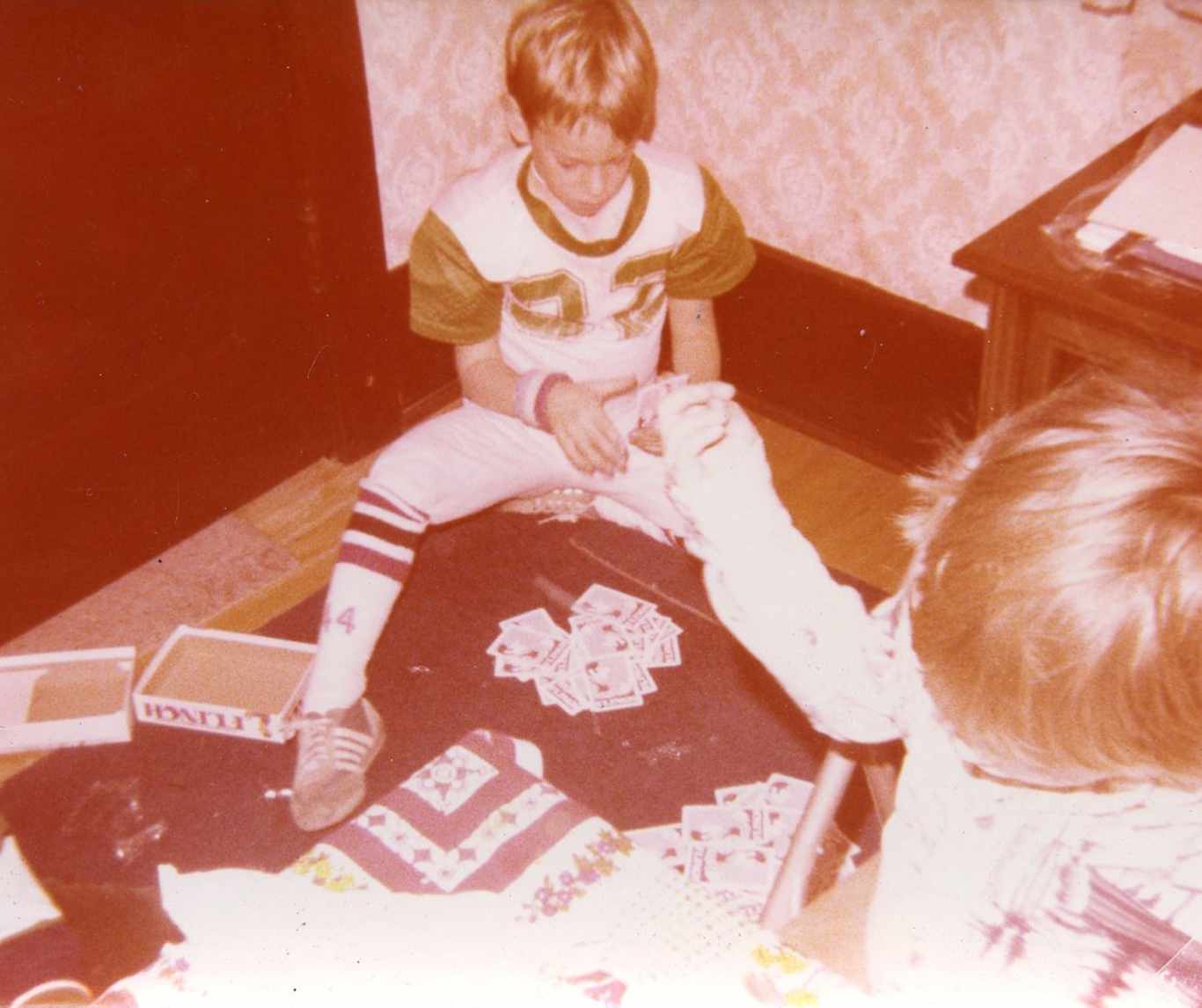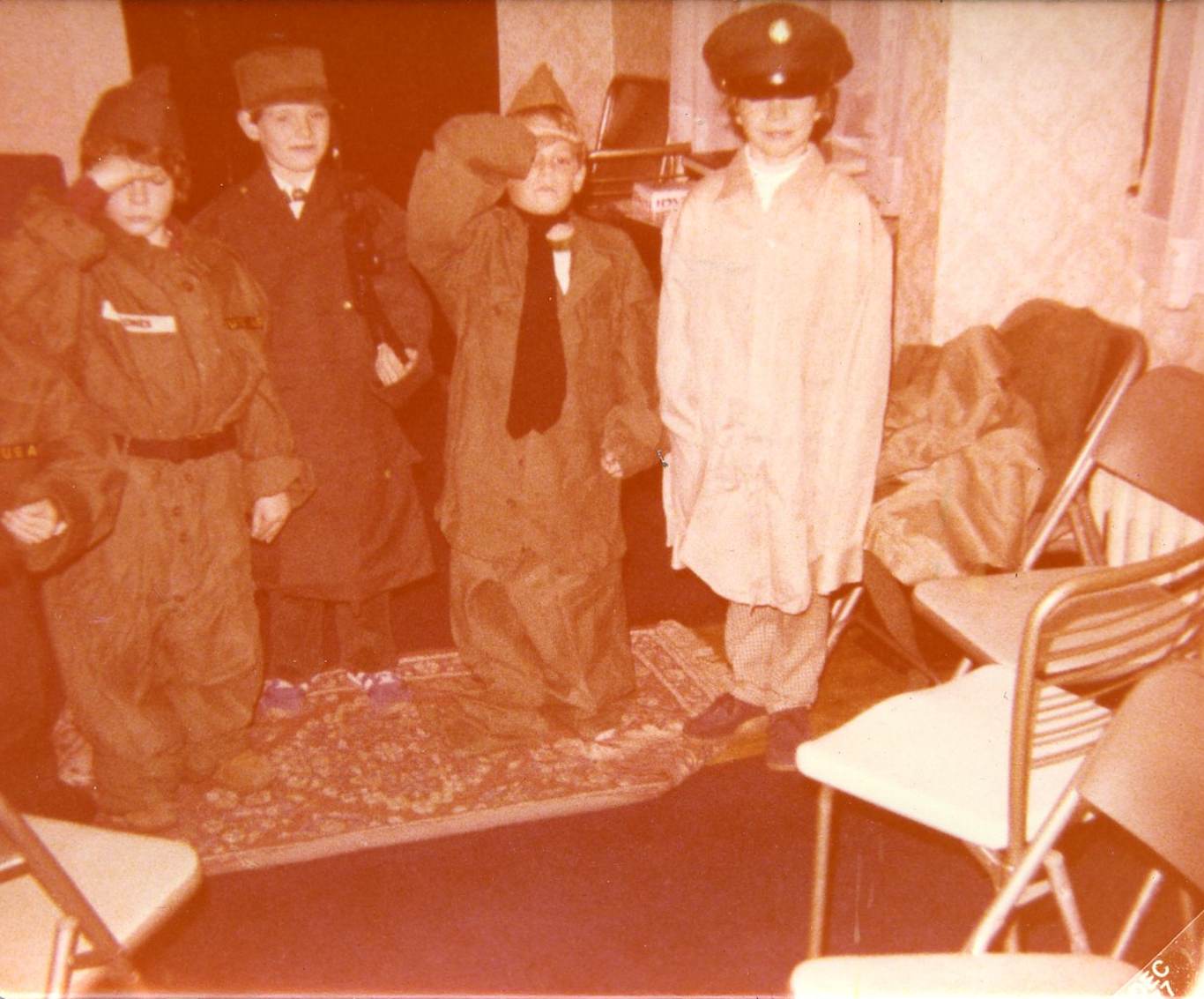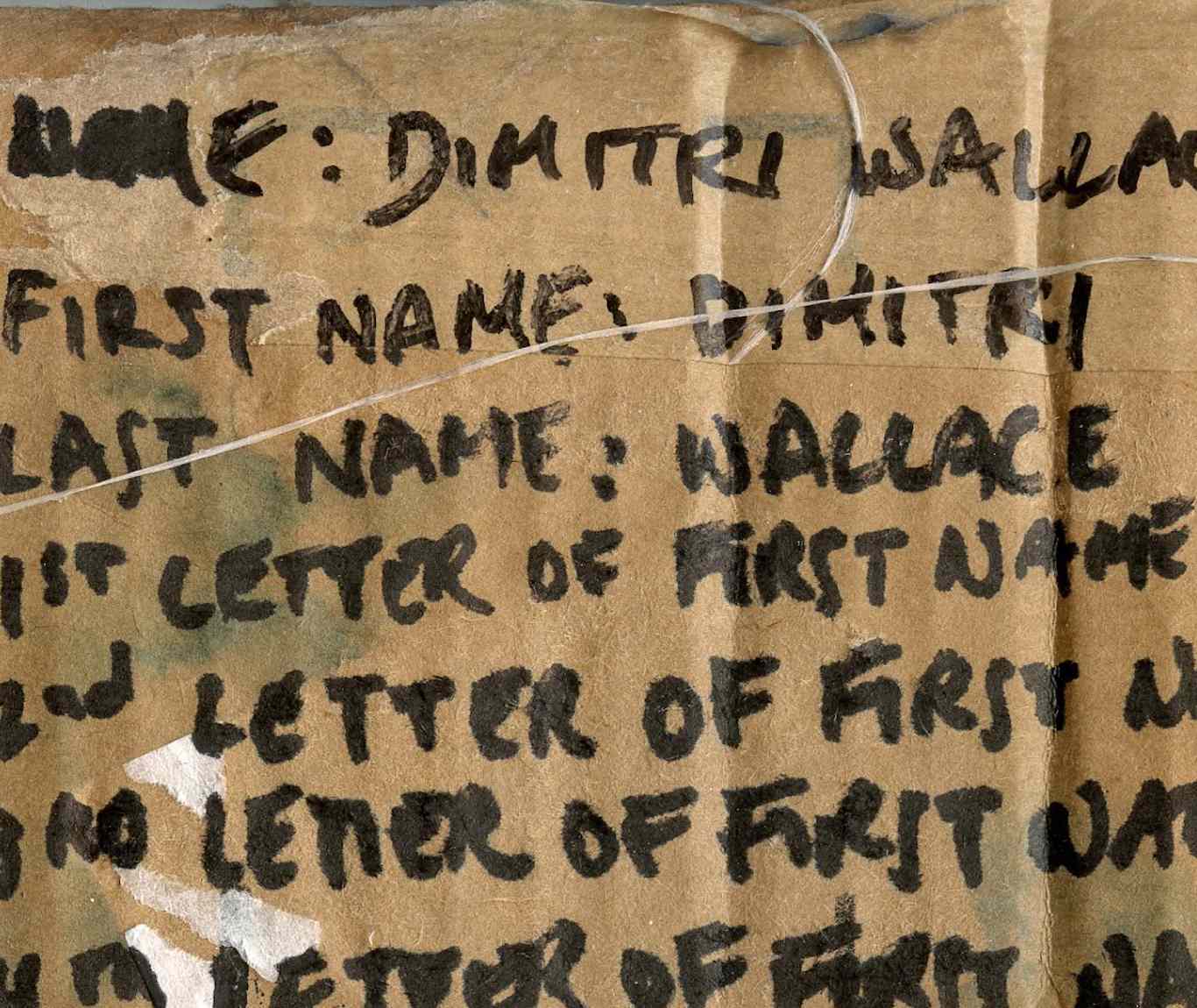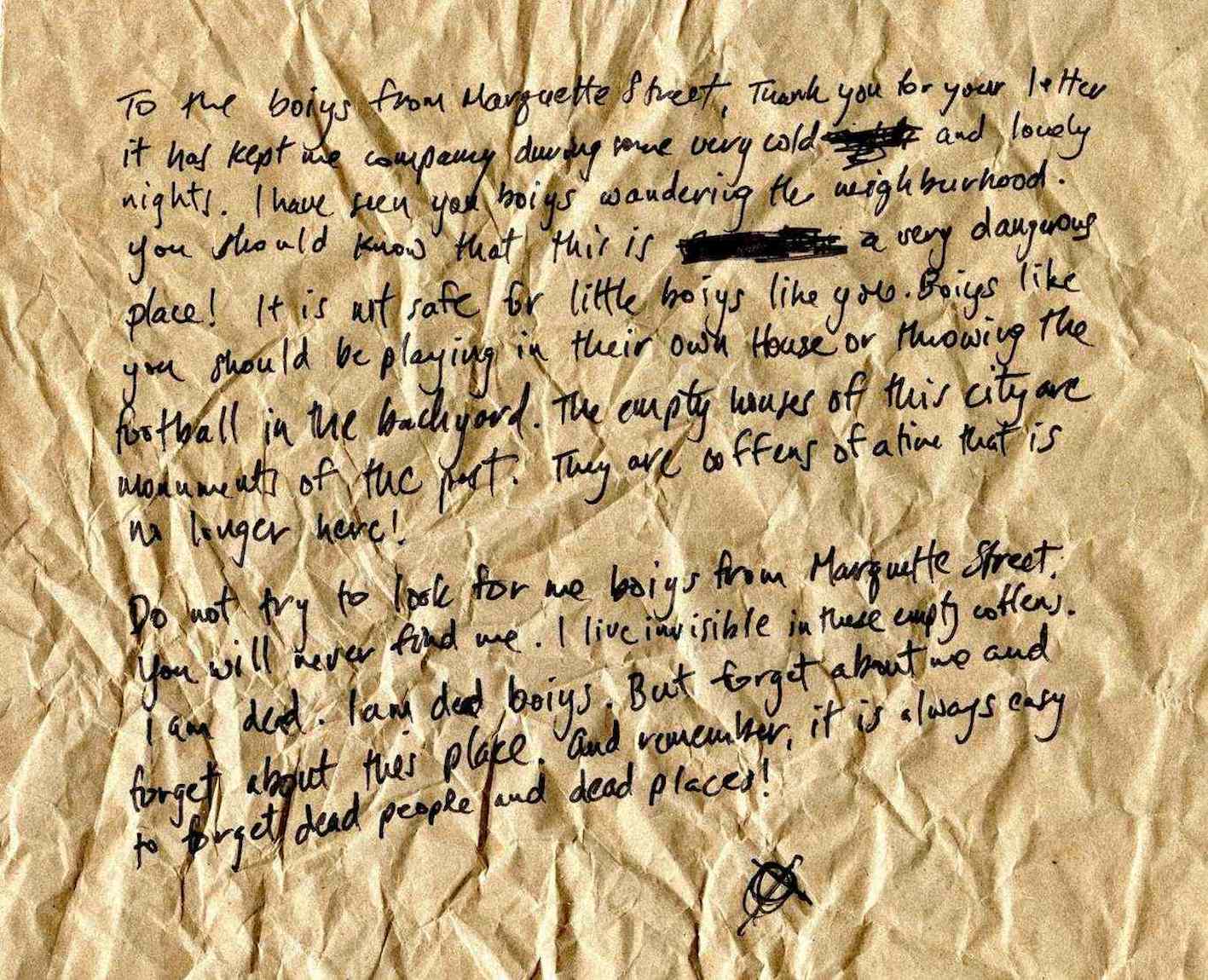Tony Jones




010: Boiys from Marquette Street
I am originally from Detroit, Michigan.
My grandparents met in Detroit during the prohibition era. They experienced the “economic boom”, when it was the 4th largest city in the United States. My grandfather went to Cass Tech High School and my grandmother attended Northwestern. They were lifelong Detroiters who eventually married and resided in a two-story house that is still located on Marquette Street. According to family lore, my great grandfather built the house in the early 1900’s.
I have nebulous childhood memories of the house. I can remember attending picnics on the fourth of July. On at least one occasion, I went trick or treating in the neighborhood. My cousins and I celebrated countless birthdays at the house. The partial memories remain present because the quality of time spent in the house was so remarkable. There were many instances of joy and happiness within those walls. In addition to these memories, I also have a handful of old photographs taken from inside the house. These photos help to fill in the details that my memory has displaced.
During this time, the standards of living were already in rapid decline. Several of the area houses were vacant. One or two houses contained obvious signs of abandonment (broken windows, boarded up doors, graffiti). I can remember these houses because my cousins and I would often explore them. Although less than eight years old, we were fascinated by the concept of empty space. With each visit, these spaces would alter themselves, becoming more decrepit and aged. We were fascinated to be in the presence of oldness. We loved the patina of weathered surfaces, the light emitted through dusty windowpanes, and the amazement of coming across the remnants of a temporary, but unknown occupant.
At night, while lying in bed, we would develop stories about these potential occupants. These narratives helped to personalize the space and provide a curious mystery that could not be matched in books or movies. After some time, we began writing our narratives on paper. We drafted stories, sealed them in envelopes, and left the documents at the mercy of the next occupant. It was the perfect message in a bottle and, without realizing, it would motivate my future art praxis.
Months would pass. We returned to the various houses to see if our stories had been viewed. In most cases, the letters remained sealed and untouched by human hands. However, every so often, we would discover that they had been opened. One time, our letter was crumpled and buried within a pile of debris. On another occasion, our letter was charred, burned, and protruding from an old, dirty boot.
On two instances, there was a written response to our letter. In one response, the writer included specific descriptions of a mysterious human being. These notations included everything from waist size to hair length to the length of fingernails. We were amazed by this itemized collection of attributes and wondered if they described the physical makeup of the author. A second written response contained the following brief message:
I am originally from Detroit, Michigan.
My grandparents met in Detroit during the prohibition era. They experienced the “economic boom”, when it was the 4th largest city in the United States. My grandfather went to Cass Tech High School and my grandmother attended Northwestern. They were lifelong Detroiters who eventually married and resided in a two-story house that is still located on Marquette Street. According to family lore, my great grandfather built the house in the early 1900’s.
I have nebulous childhood memories of the house. I can remember attending picnics on the fourth of July. On at least one occasion, I went trick or treating in the neighborhood. My cousins and I celebrated countless birthdays at the house. The partial memories remain present because the quality of time spent in the house was so remarkable. There were many instances of joy and happiness within those walls. In addition to these memories, I also have a handful of old photographs taken from inside the house. These photos help to fill in the details that my memory has displaced.
During this time, the standards of living were already in rapid decline. Several of the area houses were vacant. One or two houses contained obvious signs of abandonment (broken windows, boarded up doors, graffiti). I can remember these houses because my cousins and I would often explore them. Although less than eight years old, we were fascinated by the concept of empty space. With each visit, these spaces would alter themselves, becoming more decrepit and aged. We were fascinated to be in the presence of oldness. We loved the patina of weathered surfaces, the light emitted through dusty windowpanes, and the amazement of coming across the remnants of a temporary, but unknown occupant.
At night, while lying in bed, we would develop stories about these potential occupants. These narratives helped to personalize the space and provide a curious mystery that could not be matched in books or movies. After some time, we began writing our narratives on paper. We drafted stories, sealed them in envelopes, and left the documents at the mercy of the next occupant. It was the perfect message in a bottle and, without realizing, it would motivate my future art praxis.
Months would pass. We returned to the various houses to see if our stories had been viewed. In most cases, the letters remained sealed and untouched by human hands. However, every so often, we would discover that they had been opened. One time, our letter was crumpled and buried within a pile of debris. On another occasion, our letter was charred, burned, and protruding from an old, dirty boot.
On two instances, there was a written response to our letter. In one response, the writer included specific descriptions of a mysterious human being. These notations included everything from waist size to hair length to the length of fingernails. We were amazed by this itemized collection of attributes and wondered if they described the physical makeup of the author. A second written response contained the following brief message:
“To the boiys from Marquette Street, Thank you for your letter. It has kept me company during some very cold and lonely nights. I have seen you boiys wandering the neighburhood. You should know that this is a very dangerous place. It is not safe for little boiys like you. Boiys like you should be playing in their own house or throwing the football in the beckyard. The empty houses of this city are monuments of the past. They are coffins of a time that is no longer. Do not try to look for me boiys from Marquette Street. You will never find me. I live invisibly in these empty coffins. I am dead and you will never find me. You must leave and never remember about these places. They are places that are dead. I am dead boiys. But forget about me and forget about this place. And remember, it is always easy to forget dead people and places.”